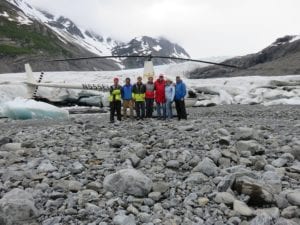When we aren’t mushing our days are filled with other adventures. Still we get out with a team 2-3 times a day depending on our tour schedule. The dogs are always great and our guests equally excited to partake in Alaska’s state sport. These days the dogs are settled in and guests are often able help us hook up or unhook the team.
We’ve been having so much fun.
At night we let the dogs run loose in their new run pen. On hot days, the girls who have houses in full sun are put in their to beat the heat. Everyone gets along. Everyone has wagging tails. We laugh at the games the dogs play together. Tag and chase and digging, always digging, hole after hole after hole.
Travis and I fill the few holes in our time by hiking and biking and doing art so each day is always perfectly full, occasionally even spilling over.

We yearn for fall to come and bring with it the colder weather of winter.
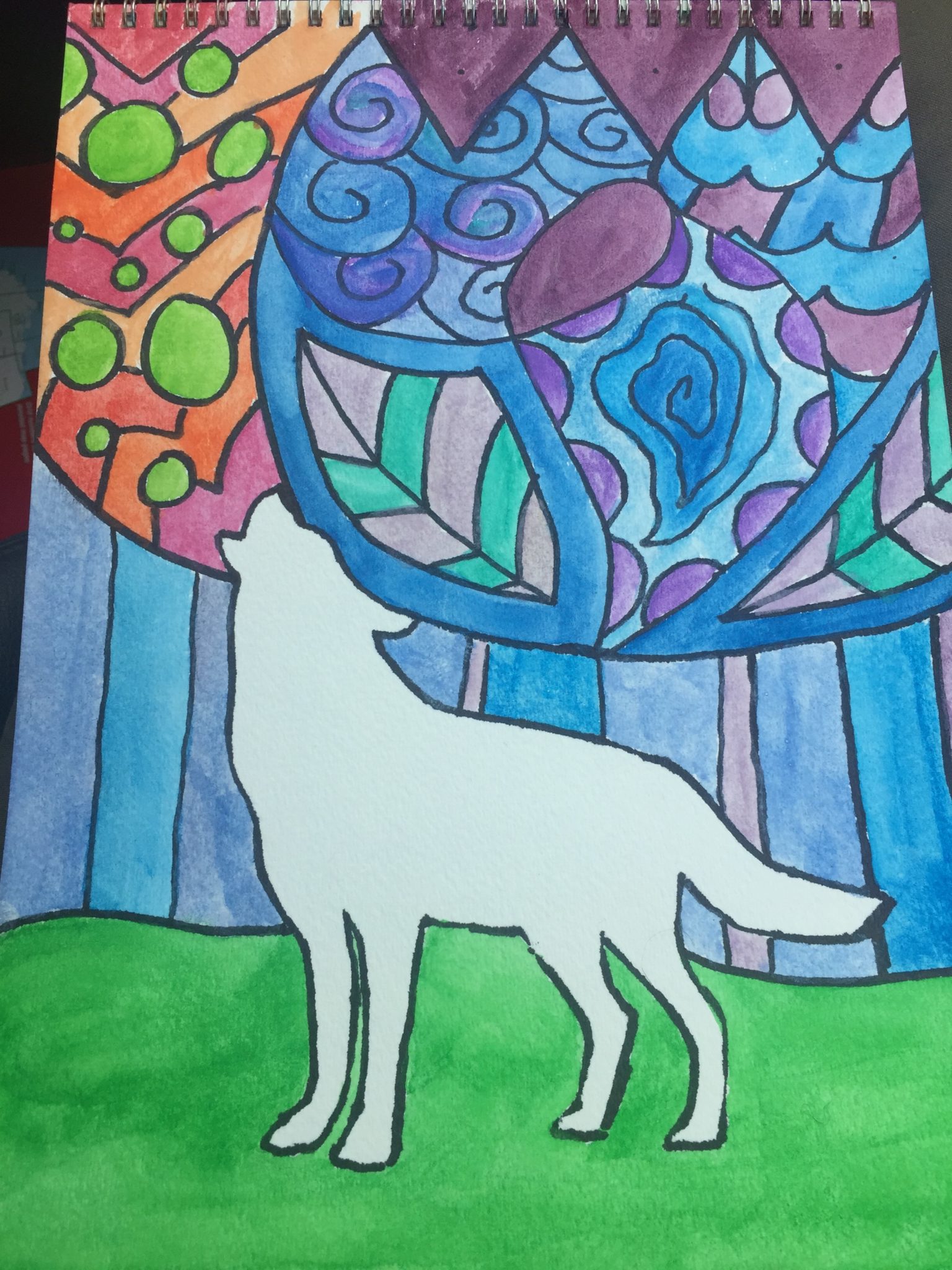
We already crave snow and trails and night. But for now we rest and enjoy the last few weeks of summer. Perfectly content where we are.
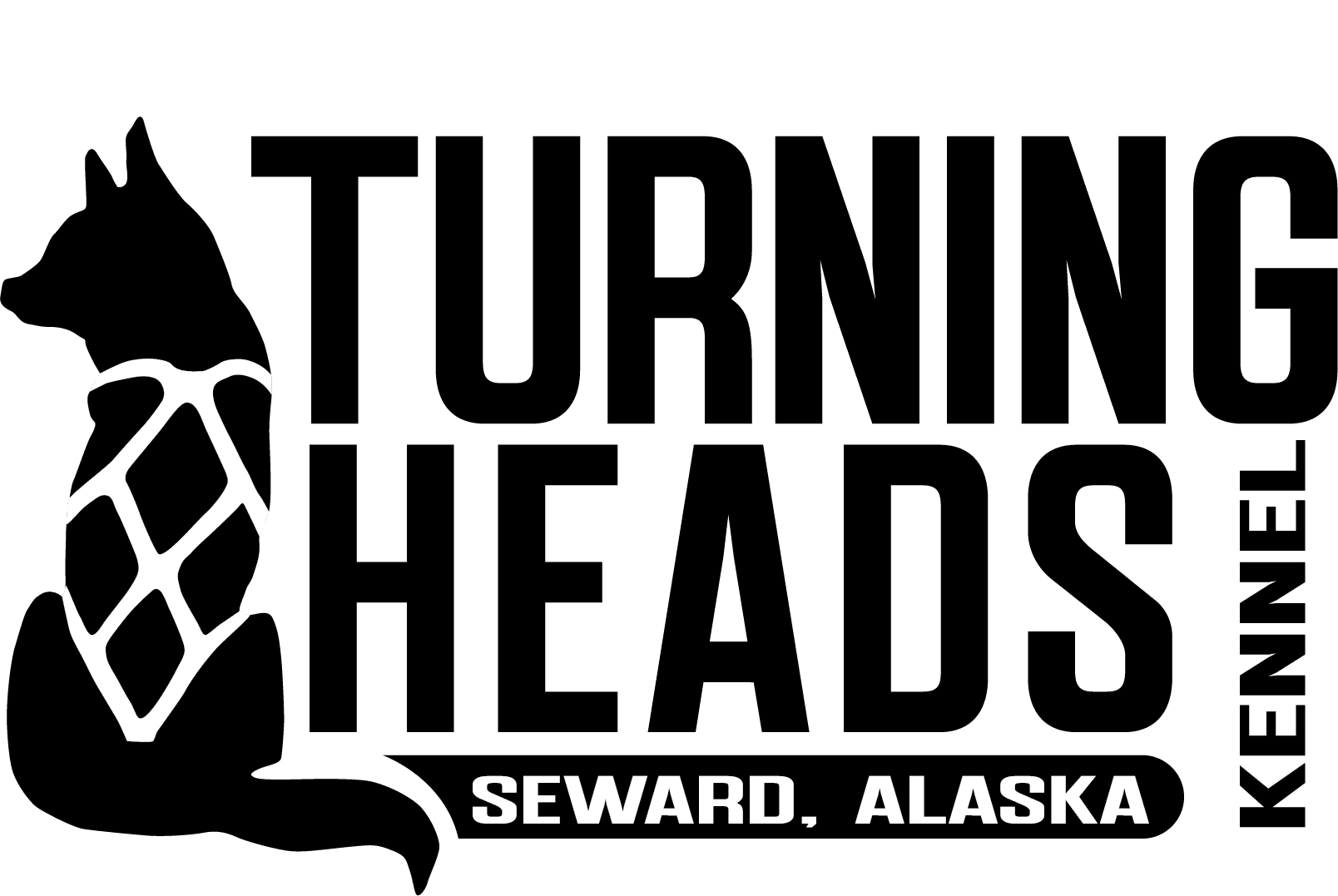
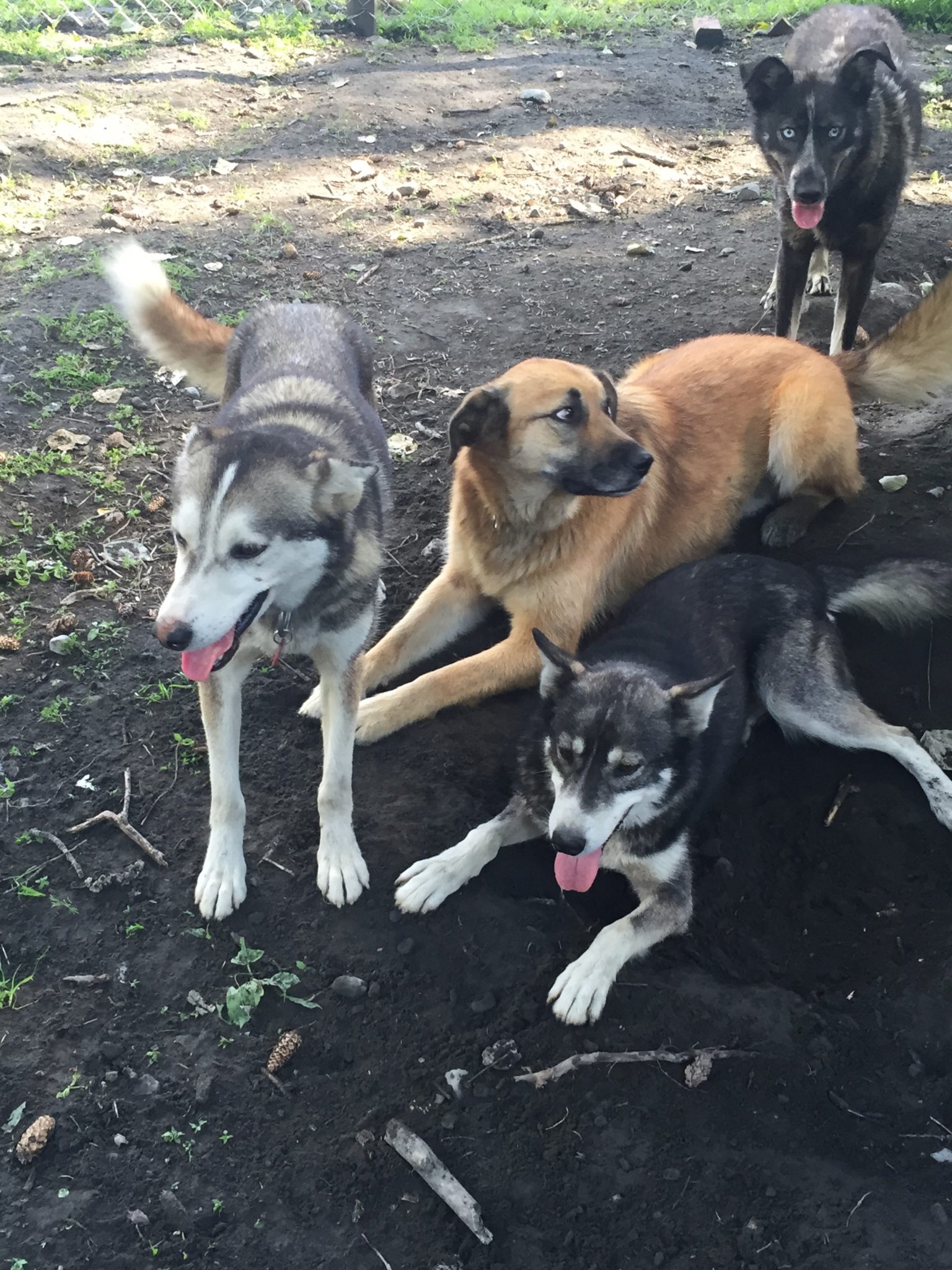
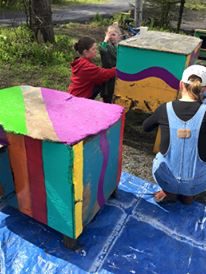
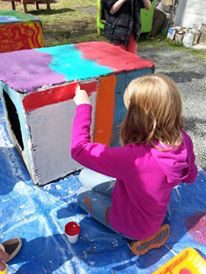
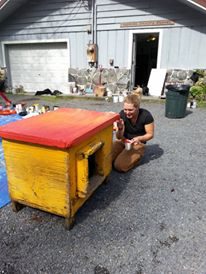
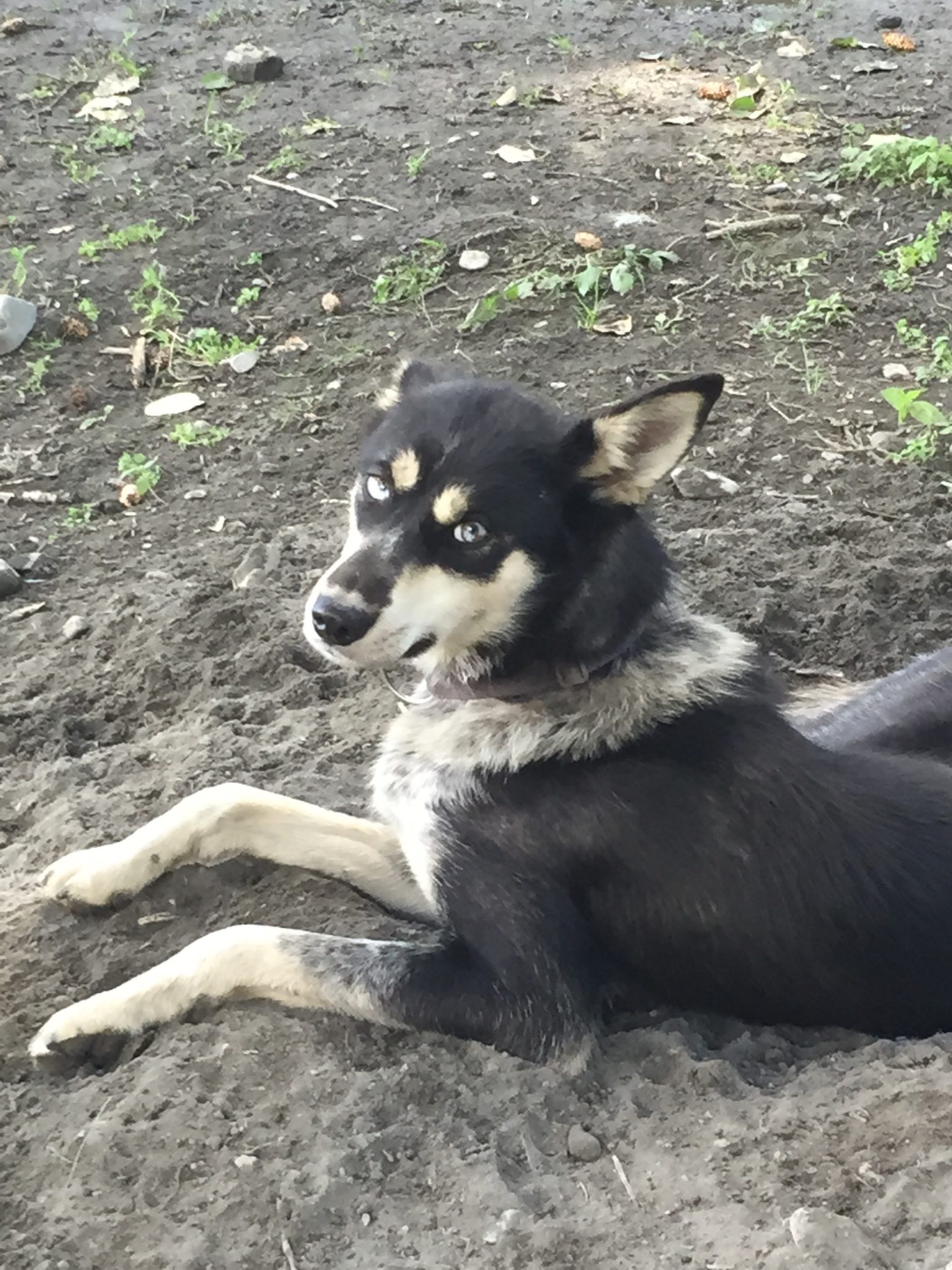 We thought she was going to flunk out of Sled dog 101. “Maybe we should find her a pet home?” We talked about it on and off. She seemed like she had so much promise.
We thought she was going to flunk out of Sled dog 101. “Maybe we should find her a pet home?” We talked about it on and off. She seemed like she had so much promise.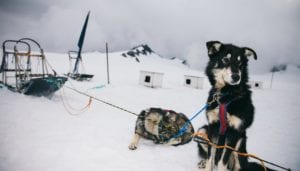
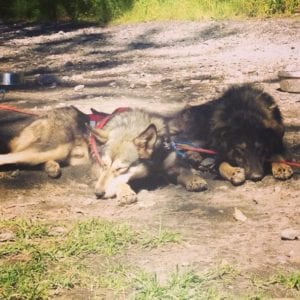
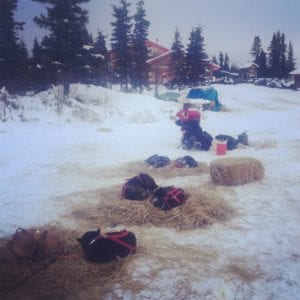
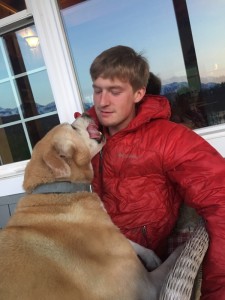 We’ve learned that just like we have to plan rests for our dogs, we also have to plan rests for ourselves. If we don’t, we run into the same problem our dogs do: we burn out.
We’ve learned that just like we have to plan rests for our dogs, we also have to plan rests for ourselves. If we don’t, we run into the same problem our dogs do: we burn out. 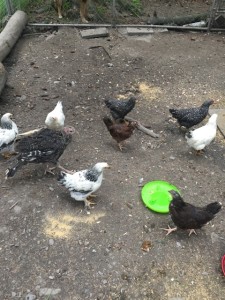 more time off to be with each other and relax together. We’ve worked on finding new hobbies. Travis has begun mountain biking and I’ve started painting again. I also have started a chicken coop and have 8 laying hens.
more time off to be with each other and relax together. We’ve worked on finding new hobbies. Travis has begun mountain biking and I’ve started painting again. I also have started a chicken coop and have 8 laying hens.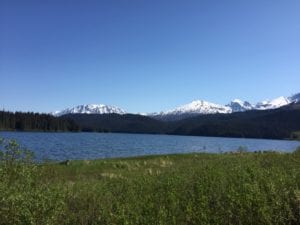 leave the kennel and stay down the road from our house. The peace and tranquility that allowed gave us some much needed time to reconnect. We woke to beautiful mountain views and got to enjoy listening to loons at night. We also went kayaking one day and jet skiing another.
leave the kennel and stay down the road from our house. The peace and tranquility that allowed gave us some much needed time to reconnect. We woke to beautiful mountain views and got to enjoy listening to loons at night. We also went kayaking one day and jet skiing another. 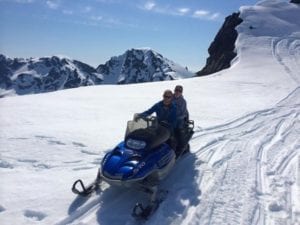 Travis took him and Sophie snow machining. We had great weather while Wade and S0phie visited and are looking forward to them returning in a few short weeks with Sophie’s family.
Travis took him and Sophie snow machining. We had great weather while Wade and S0phie visited and are looking forward to them returning in a few short weeks with Sophie’s family.